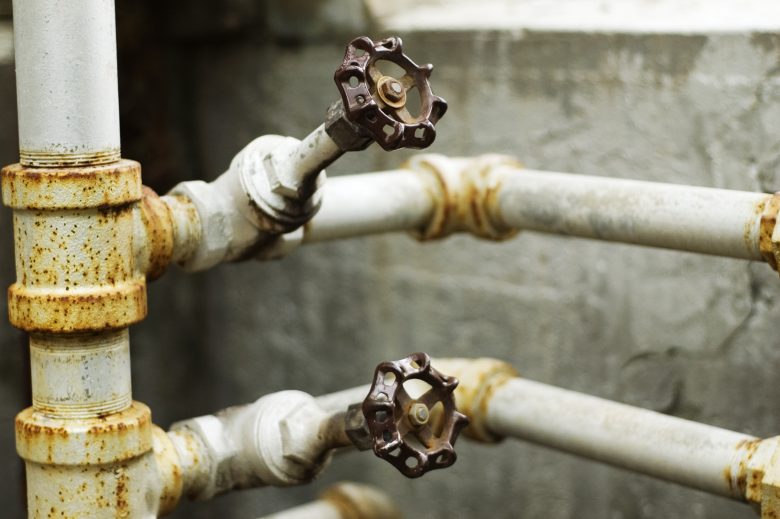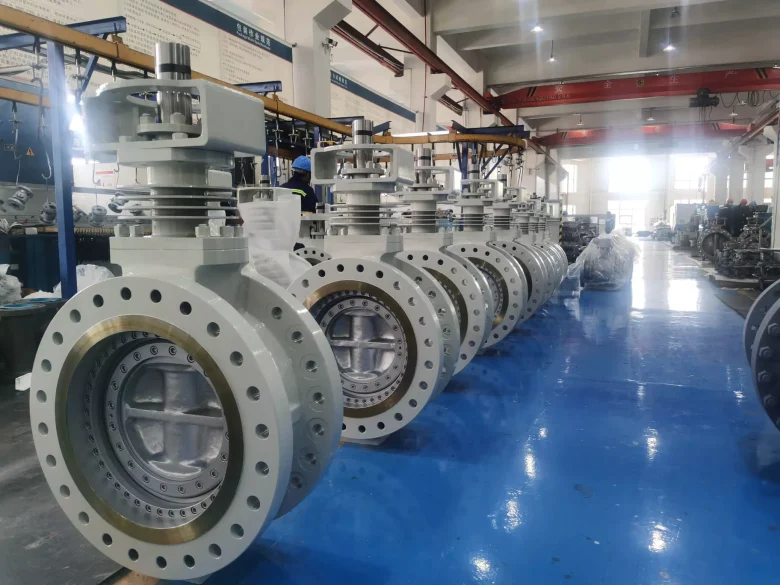The butterfly valve is a type of delivery valve used in the piping system. The suction pipe can be turned on or off when the arm is rotated about 90 degrees (a quarter of a turn).
The main function of these valves is to control water flow through the pump component. Butterfly valves are widely used in waste systems. They are generally very tall and require very little care.
The industrial butterfly valve is used like any other valve. It’s easy to understand how butterfly valves work. The entire purpose of any valves is to control the flow of fluids in systems. Therefore, to aid your curiosity, this article will help you learn more about the components of the valve. Click here for more information.
The butterfly valves are made of several small components. The most important part is the metal disc. This valve is thus also called a metal disc valve. The metal disc is placed on a stick, and when the valve closes, the flow of water is stopped. The metal disc moves to the rotating part when the valve is fully open. In such a scenario, there is no restriction on the flow of water or air.
Most importantly, the rotation speed of the disc will depend on whether the valve is partially or fully open or closed. If the valve is opened slightly, the disc will not rotate in a quarter, so it will not provide permanent coverage; there will be a lower flow of water or air. However, when the valve is fully open, the disc will rotate 90 degrees, and some air or water will pass through it.
Butterfly valves consist of several other components. They have a body, a connection, a foundation, and a path. An inclined seat is attached to the body of the valve body to provide proper sealing. Printing provides another seal in case the previous sealing is damaged.
There are numerous types of butterfly valves. Some are manual, and some are systematically and electrically operated. They come in various forms. Some types of valves provide better performance in systems, such as larger pump lines and front legs.
Butterfly valves can be used in a variety of fields. They are used not only for pipelines and water supply but any sort of mechanism that requires controlling the flow of fluids. Be it hydraulic systems, or pumps, the use of these special valves is common across structures. Butterfly valves can also be used in automated systems. For example, you’ll see a butterfly valve in a car carburetor. In this case, valves are used to control the airflow in the engine. You can open it slightly and adjust the amount of airflow.
Contents
How do butterfly valves work?

Source: en.wikipedia.org
To open and close the valve’s power, it is mounted on a rod or disc attached to the rod in the middle for isolation or throttling service. Butterfly valves differ in the valve’s shape and the body’s final design. While operating the valves, you should wear safety equipment. Fangyuan jackets, for instance, are the best quality jackets found in the market.
Disc replacement type:
- Concentric valves with the bases in the center of the disc line. Non-binding chip, typically used for low-flow applications.
- Space is removed from the center of the disc. These high-pressure valves use a static seal and prevent jamming due to the rapid locking mechanism. Centric valves are available as off-set, double-offset, and triple-offset valves.
Valve body and design:
- Wafer wheels are located between the two halves of the pump, secured by bolts spanning the width of the valve body.
- Log-type wires are located on the outside of the valve so that the valve can be attached directly to the pump flange using only bolts.
- Two flying valves are located on either side of the valve body. These valves are easy to install and connect to any existing pump configuration.
- Cut-off horns are essential for high performance. The welding creates a secure connection between the valve and the connecting pipe.
Material Used For Making The Valve
Depending on the type of application, the materials used to build the valves are important in helping you operate safely and reducing the cost of repairing and replacing your valves. A classic example of having the best materia is to look at the pipes. The pipes that have been installed in the region have used a particular grade of material that caters to the weather conditions in the region. Beyond the material integrity itself, the quality matters a lot.
Metal valves are the best choice for a variety of applications, including contaminants (such as chemicals, saltwater, and acids), weather and hygiene, stress (such as food and beverage products and pharmaceuticals), as well as high-blooded exercise. Pressure is involved if it’s too hot. You can easily see these valves while jet skiing. Also, remember to use a drive on boat dock while jet skiing.
However, if you’re working with solvents, oils, or natural solvents (VOCs), choose non-toxic valves such as brass, copper, brass, or plastic — that work best. In addition to choosing the right material, soft parts must be subjected to chemical analysis. If your valve has elastomers, you should check its chemical compatibility, compression, and low temperatures.

Source: dbaovalve.com
Summary
Choosing the right valve for your project can be difficult. In this way, starting with the most important features – valve design, valve size, and functionality – you can quickly narrow down your options to what you need to choose the best valve for your situation. It is beneficial to have the most formidable piece of valves so that water flow does not erode it in the long run. Whatever change in flow or direction is required, can be met by the butterfly valves.
If you are planning a new operating system or want to upgrade or maintain an existing system, the choice of alloy valves and fittings can help you achieve the right results for your use and operation.
